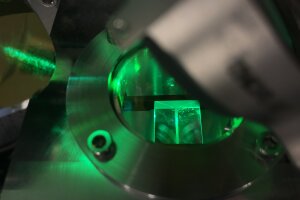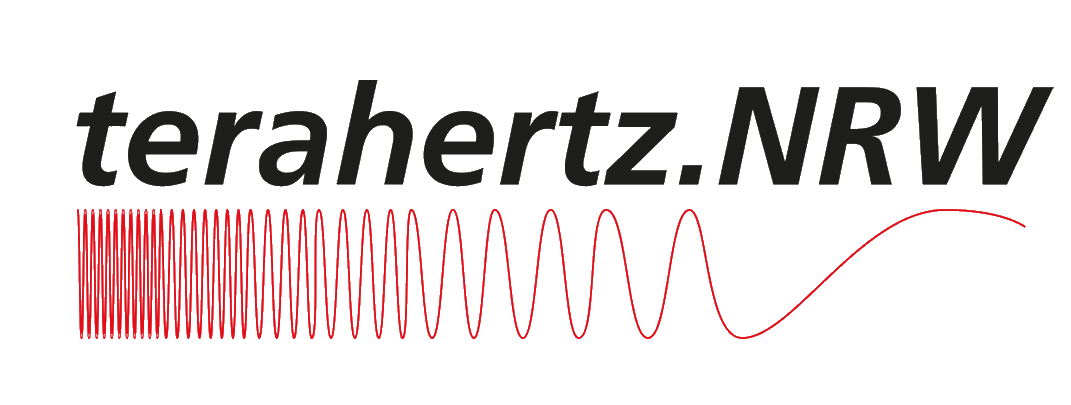
Even though difficulties in THz generation and detection are nowadays mostly overcome, in the past, this part of the electro-magnetic spectrum was coined as the THz gap. From an electronic background, efficient generation and transmission of THz radiation was limited due to high losses compared to mature GHz technology. Nowadays, commercial THz systems allow linear probing of THz signals in a reliable fashion and offer high dynamic range. Nevertheless, some experiments demand different aspects like high bandwidth, strong electric field, or frequency tunability, which typically cannot be fulfilled by these commercial systems. In our group, we try to take various methods of THz generation and combine them with our expertise in the development of high-power laser. If high electric THz fields are sought after, researcher needed so far retreat to laser sources like Ti:Sapphire laser with low repetition rates from 1 kHz or lower. We employ modern, Ytterbium-based laser systems with high pulse energies at high repetition rates, reaching 10s to 100s of kHz and pump power up to 500 W. So far, the inorganic crystal lithium niobate has a proven track record to be an excellent choice due to its high non-linearity. Combining high laser power with such a crystal allows us to create a high repetition rate, non-linear THz source, cutting down measurement times from days to hours or make them even possible in the first place. Whereas lithium niobate’s THz spectrum is typically restricted to frequencies below 3 THz, a plasma source allows to reach order of magnitude higher bandwidths and is interesting for THz spectroscopy but requires typically quite high pulse energies. For higher repetition rate systems, in the last years organic crystals have gained a reputation for a highly efficient THz source. Compared to their inorganic counterparts like lithium niobate or gallium phosphide, they are specifically engineered for a low mismatch of the refractive index at pump and THz wavelength and offer much broader THz spectra. Photoconductive antenna and large area emitters are also interesting emitters, especially in connection with low-noise lasers source and demonstrated high dynamic ranges for spectroscopy applications. A completely different class of emitters are Spintronic THz Emitter (STE), which make use of the electron’s spin instead of the charge as it is common with the previously mentioned generation methods. In our work group, we try to power scale these different kinds of emitter to build the next generation of THz-Time Doman Spectroscopy systems.
Room:
ID 2/421
Phone: +49 234 32 -
23571
E-Mail
Room:
ID 2/417
Phone: +49 234 32 -
25846
E-Mail



